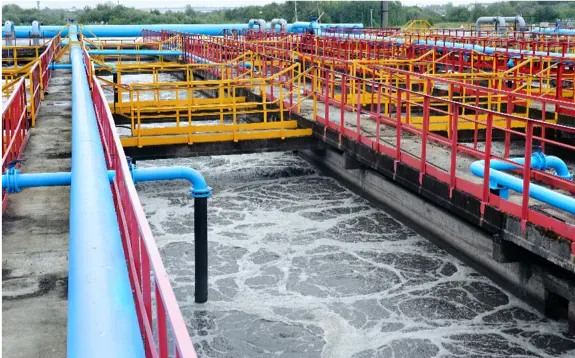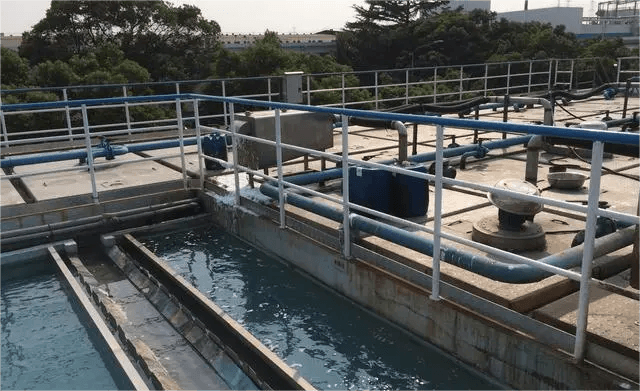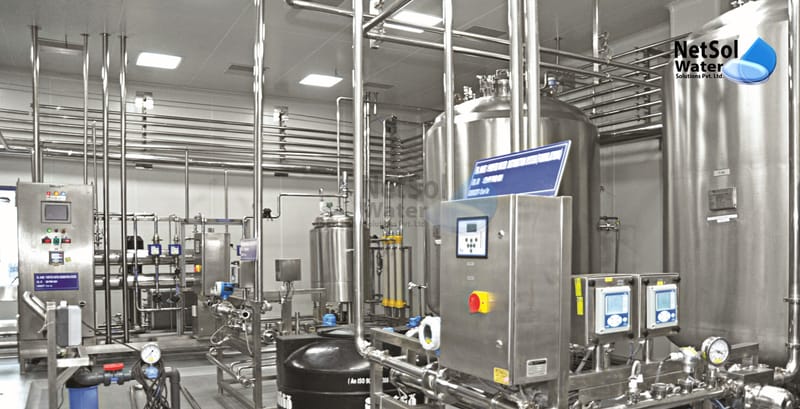Pharmaceutical API Wastewater Treatment and Reuse: Innovative Solutions for a Growing Challenge
Introduction
The pharmaceutical industry, crucial for global health advancements, faces significant environmental challenges, particularly in managing wastewater from Active Pharmaceutical Ingredient (API) production. This wastewater is often complex, containing high levels of organic compounds, pharmaceuticals, and by-products. Traditional treatment methods frequently fall short, leading to risks for aquatic ecosystems and human health. High Chemical Oxygen Demand (COD) and toxicity are common issues, as many pharmaceutical compounds are both persistent and resistant to conventional degradation methods.

Innovative Treatment Technologies
Pioneering Advances in Pharmaceutical API Wastewater Treatment
The pharmaceutical industry’s wastewater management is undergoing a revolution thanks to groundbreaking advancements in treatment technologies. These innovations are redefining how we tackle the complex challenges posed by pharmaceutical API wastewater, making it possible to address even the most persistent contaminants with remarkable efficiency.
Advanced Oxidation Processes (AOPs): The Radical Solution
Advanced Oxidation Processes (AOPs) are at the forefront of transforming pharmaceutical wastewater treatment. Imagine a process where highly reactive hydroxyl radicals, generated from powerful oxidants like ozone, hydrogen peroxide, and UV light, go on a relentless pursuit to break down stubborn pollutants. These radicals are akin to nature’s most aggressive cleaners, capable of dismantling complex molecules that resist traditional treatment methods. AOPs don’t just reduce Chemical Oxygen Demand (COD); they revolutionize it, delivering a level of purification that meets the highest environmental standards and opens doors to more sustainable wastewater management practices.
Membrane Bioreactors (MBRs): The Hybrid Approach
)Membrane Bioreactors (MBRs) are redefining wastewater treatment by merging biological and filtration technologies into a single, streamlined system. Picture a high-tech factory where microorganisms are the skilled workers breaking down organic waste, while advanced membranes act as the meticulous quality control inspectors, ensuring that only the purest effluent emerges. MBRs excel at handling the high contaminant loads typical of pharmaceutical wastewater, delivering effluent that’s not only cleaner but also more amenable to reuse in industrial processes or agriculture. This hybrid approach represents a paradigm shift, offering unparalleled efficiency and quality in wastewater treatment.
Electrochemical Processes: Powering Up Purification
Electrochemical processes harness the power of electrical currents to drive transformative chemical reactions in wastewater treatment. Think of it as using electricity to ignite a purification reaction that breaks down pharmaceutical contaminants. These processes are like a high-energy workout for wastewater, where electric currents stimulate reactions that reduce pollutants to simpler, less harmful forms. The versatility of electrochemical processes allows them to tackle a broad spectrum of contaminants, making them a vital component of a multi-faceted treatment strategy. Integrating these processes with other technologies enhances their effectiveness, providing a powerful tool in the fight against pharmaceutical pollution.

Nanotechnology: The Molecular Cleanup Crew
Nanotechnology is bringing a new dimension to wastewater treatment by deploying nanoscale materials with extraordinary properties. Imagine a cleanup crew that operates at the molecular level, using nanoparticles and nanofibers to selectively target and eliminate trace contaminants. These nanomaterials act as highly efficient scavengers, adsorbing or degrading pollutants with precision. The potential of nanotechnology extends to decentralized treatment systems, offering a scalable solution that can be customized for various applications. This cutting-edge approach not only enhances the efficiency of wastewater treatment but also paves the way for innovative, localized solutions that address specific contamination challenges.
Innovative Reuse Strategies for Treated API Wastewater
In the quest for sustainability, the reuse of treated API wastewater emerges as a game-changer, offering a multitude of opportunities to conserve resources and optimize operational efficiency. By exploring creative reuse strategies, industries can transform their wastewater challenges into valuable assets, driving both environmental and economic benefits.
Industrial Reuse: Turning Waste into Value
Imagine a scenario where treated wastewater becomes a cornerstone of industrial efficiency rather than a disposal burden. This is the essence of industrial reuse, where treated wastewater finds new life in non-potable applications. Picture this wastewater being harnessed for cooling systems, process water, or cleaning—essential functions in many industrial operations. By integrating recycled water into these applications, facilities not only cut down on their freshwater consumption but also trim operational costs. It’s a win-win situation that aligns with broader sustainability goals and demonstrates how waste can be repurposed to drive industrial innovation.
Agricultural Reuse: Cultivating Sustainability
In the realm of agriculture, recycled water is becoming a vital resource for irrigation, provided it adheres to stringent safety standards. Envision this: fields and crops nourished by water that was once considered waste, now transformed into a sustainable resource. Agricultural reuse not only alleviates the pressure on freshwater resources but also supports sustainable farming practices. By integrating treated wastewater into irrigation systems, we’re not only optimizing water use but also contributing to a more resilient agricultural sector. This approach helps bridge the gap between water scarcity and agricultural demands, fostering a sustainable future for both crops and water resources.
Potable Reuse: Securing Water for the Future
The pinnacle of wastewater reuse lies in its transformation into potable water, a critical solution for addressing water scarcity. Advanced treatment technologies are pushing the boundaries of what’s possible, rendering treated wastewater suitable for direct potable reuse. Imagine a future where the water from our taps, originally wastewater, is purified to the highest standards and seamlessly integrated into our drinking supply. This strategy not only tackles the pressing issue of water scarcity but also ensures a reliable and sustainable water supply for communities. Potable reuse represents the convergence of innovation and necessity, providing a viable path to meet growing water demands while safeguarding public health.

In summary
In order to reduce environmental effects and promote sustainability in the pharmaceutical sector, it is imperative that the treatment and reuse of wastewater from pharmaceutical APIs be addressed. Pharmaceutical firms may improve wastewater management, save resources, and safeguard the environment by adopting innovative technologies and strategic reuse methods. As the sector develops, more research and cooperation will be necessary to create ever more potent solutions.